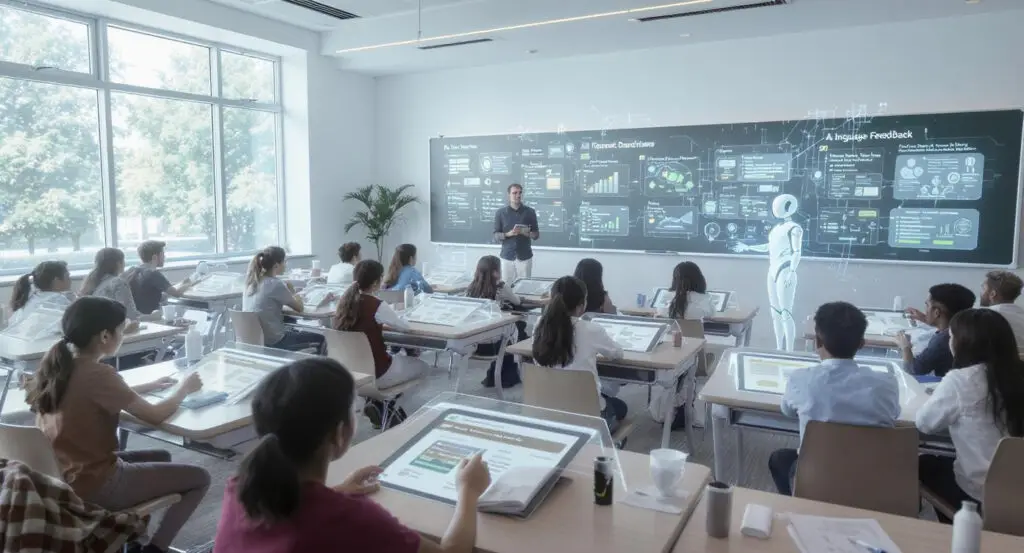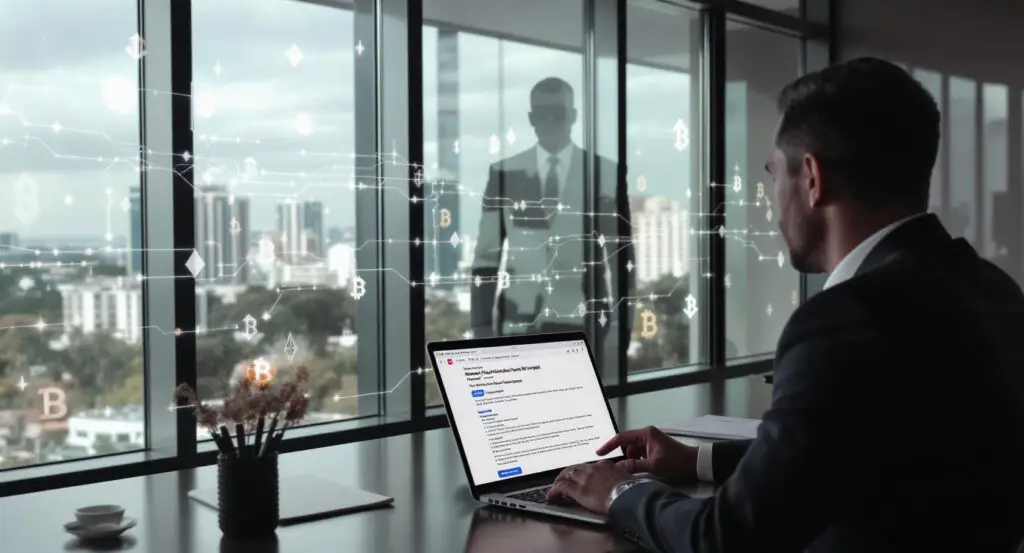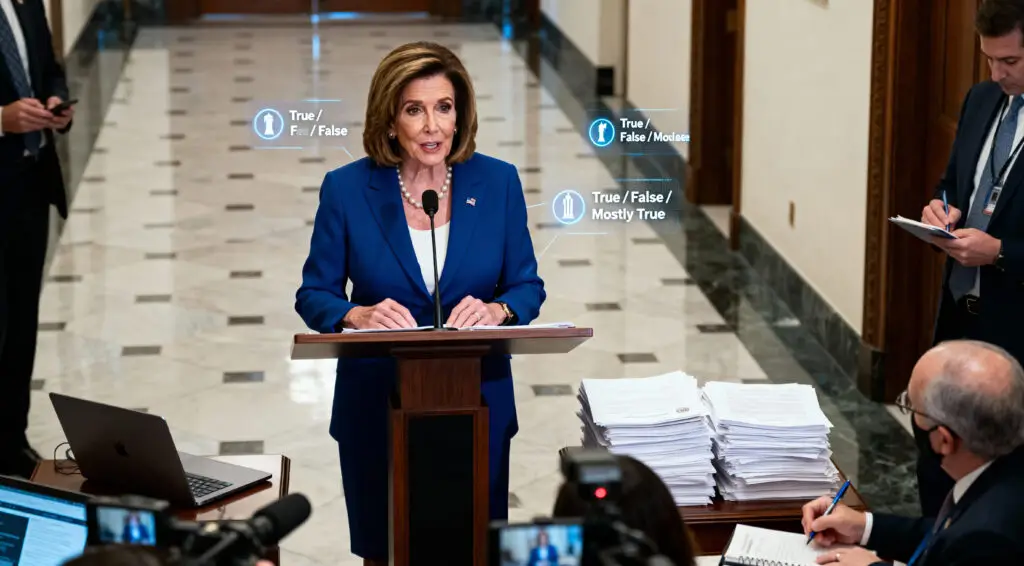Artificial intelligence may be making headlines for its flashy capabilities, but in classrooms across the U.S., its most profound impact is taking shape quietly by giving teachers more time to teach. From administrative support to personalised learning, enterprise AI tools are beginning to reshape the educational experience for both educators and students.
Kellie Ady, Senior Director of Education Strategy and Government Relations at PowerSchool, believes this transformation is already underway. “We’re keeping an eye on usage in the U.S., where it’s happening, and how we can leverage that for teaching and learning,” Ady said. As AI becomes more integrated into school systems, the focus is turning towards how best to support its implementation in ways that benefit all stakeholders.
From Buzzword to Classroom Tool
Though AI may feel like a recent innovation, it has been quietly developing in education for years. What’s different now is the pace and scale of its impact. School districts like Colorado Springs District 11 are already using enterprise-level AI to reduce teacher workload and enhance student engagement.
At the heart of this effort is PowerBuddy for Learning, an AI-powered tool developed by PowerSchool that’s designed specifically for K–12 environments. By automating time-consuming instructional tasks, PowerBuddy enables teachers to devote more energy to direct instruction and student interaction.
The tool supports personalised learning by acting as an always-available assistant. It helps students navigate content, engage with lessons more deeply, and receive individualised support. For educators, it provides real-time instructional insights and streamlines content delivery, freeing up hours that would otherwise be spent on preparation and administrative work.
Data Connectivity Is Key to AI Success
AI doesn’t operate in a vacuum; it thrives on data. But the fragmented nature of data systems in many school districts has posed challenges to realising AI’s full potential.
“AI relies upon data, and if we have data living in different systems, it makes it a challenge for AI to do what it can do and do it well,” Ady explained. To overcome this, schools must begin removing data silos and integrating systems to provide AI tools with a comprehensive, accurate dataset to draw from.
When this integration is done effectively, the results can be transformative. AI becomes capable not just of automating tasks but of making intelligent, actionable recommendations tailored to individual students and classrooms.
Creating Responsible AI Policies in Schools
As AI becomes more embedded in educational systems, there’s a growing need for thoughtful governance. Ady emphasised the importance of developing clear policies and guidelines around AI use in schools and districts. These policies should help educators feel supported rather than overwhelmed while also ensuring that AI is used ethically and transparently.
Establishing trust is essential. Parents, teachers, and administrators all need to understand how AI tools work and what guardrails are in place to protect student data and maintain fairness. Schools that take a proactive approach to AI governance are more likely to succeed in integrating the technology in ways that benefit learning outcomes.
Looking Ahead: AI as a Teaching Ally
Rather than replacing educators, enterprise AI is positioning itself as a partner in the classroom. By handling repetitive tasks and offering personalised support, tools like PowerBuddy allow teachers to focus on what matters most: connecting with students and inspiring learning.
For districts like Colorado Springs, the shift to AI-powered support is already paying off. Instruction is becoming more adaptive, engagement is rising, and teachers report having more time to do the work that drew them to the profession in the first place.
As more schools explore the potential of enterprise AI, the goal remains the same: to build a learning environment where every student can thrive and every teacher has the tools they need to succeed. In that sense, AI isn’t just changing education; it’s helping educators do what they do best, even better.























